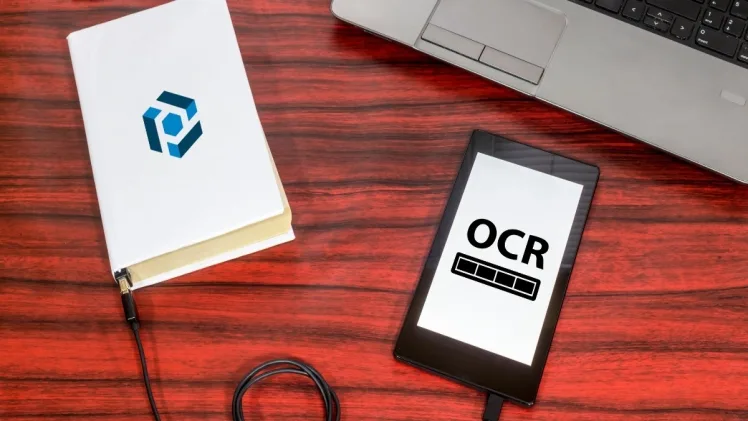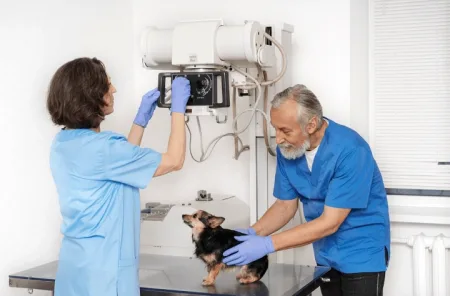The world has seen plenty of advancements lately because of the introduction of AI (Artificial Intelligence) and its subsets like Machine Learning and Computer vision. These advanced technologies have led to the development of highly efficient algorithms that businesses can leverage and significantly enhance their productivity.
One of these recently introduced highly productive algorithms is OCR. OCR stands for Optical Character Recognition. As the name suggests, the algorithm based on AI, Machine Learning, and Computer vision can extract text from visuals and convert it to digitally editable text.
Hence, businesses can extract data from images and save it in digital format on computers and servers.
Businesses that still haven’t realized the use of OCR are wasting their budget and resources. Learning its various business applications can help them understand its importance and use it to their benefit.
This article gives a brief overview of OCR and discusses its multiple uses. If you want to learn more about using OCR in business, this article will significantly help you.
Read on to learn more.
What is OCR?
As mentioned earlier, OCR is an acronym for Optical Character Recognition, which refers to an algorithm that can be used to that can be used to extract text from images. It is a tool to convert data saved as images to text. This algorithm takes the help of AI, Machine Learning, and Computer Vision. Computer Vision helps it scan the content of the image.
AI helps it to segment the content, and finally, Machine Learning is used to identify characters in the given images. Convolutional Neural Network, or CNN, based on AI, plays a vital role in the process. The utility used to extract data from visuals and convert it to digitally editable text is commonly termed an image to text converter.
Uses of OCR in Business
Now that we know the basics of OCR and the utility that can easily convert data from picture to text, savable and editable digitally. It is time to learn a few business applications of OCR.
Further details are given below.
Digital Preservation of Bulky Paper Documents
Many businesses have been working for several decades, long before the digital revolution and the emergence of AI. Such businesses have preserved necessary data in the form of tons of bulky paper files for a long.
However, digging required data from such files takes too much time, which affects productivity. Moreover, the data from such bulky paper files is only accessible to a single individual at a given time.
Businesses also waste tons of money to keep this data safe from loss due to accidents and theft. OCR helps them convert such data from image to text that is digitally savable and editable content. Making it easier for businesses to ensure high productivity, easy accessibility, and effective security of data.
Hence, businesses take images of papered data and convert it to digital text using an efficient image to text converter.
Manual Data Entry Substitution
Many businesses are using OCR to substitute manual data entry. The manual data entry process requires considerable resources in the form of human resources, machinery, and budget. On the other hand, OCR helps businesses bypass all these needs. All they need is a highly efficient picture to text converter, and they can convert hand-written and printed data from bulky paper files to digital text.
This digital text can be easily saved on computers, servers, and cloud storage platforms. Additionally, you will see businesses using OCR for automated content processing. The OCR-based tool extracts text from paper documents like ID cards, Passports, Cheques, and filled forms to save them in the accurate field without any flaw. Hence increasing productivity and decreasing the chances of mistakes.
Boost Workflow
Previously, when necessary data was saved in the form of bulky paper documents, the pace of workflow was significantly slow. Documents took multiple days to go from one table to another, which not only used to slow the workflow but also the productivity.
However, the digital data can be easily accessed by anyone. Nowadays, businesses use cloud servers to save data accessible by every concerned person.
This easy accessibility means people assigned to work on a particular dataset can access it synchronously without getting into hassle and perform their tasks without making any mistakes. Simply put, one employee doesn’t need to wait for another to complete the assigned task. OCR-based image to text converters made it possible for businesses. Hence, OCR has played a key role in boosting workflow and productivity.
In the End
Businesses are leveraging technology to their benefit and seeing significant growth in their workflow, productivity, and revenue. While multiple algorithms and tools deserve the credit, overlooking OCR and image to text converters based on it will be wrong.
We have discussed a few uses of OCR in businesses that will help you understand its importance. You will understand its worth and integrate it into your business for positive outcomes. We wish you luck with the process!



